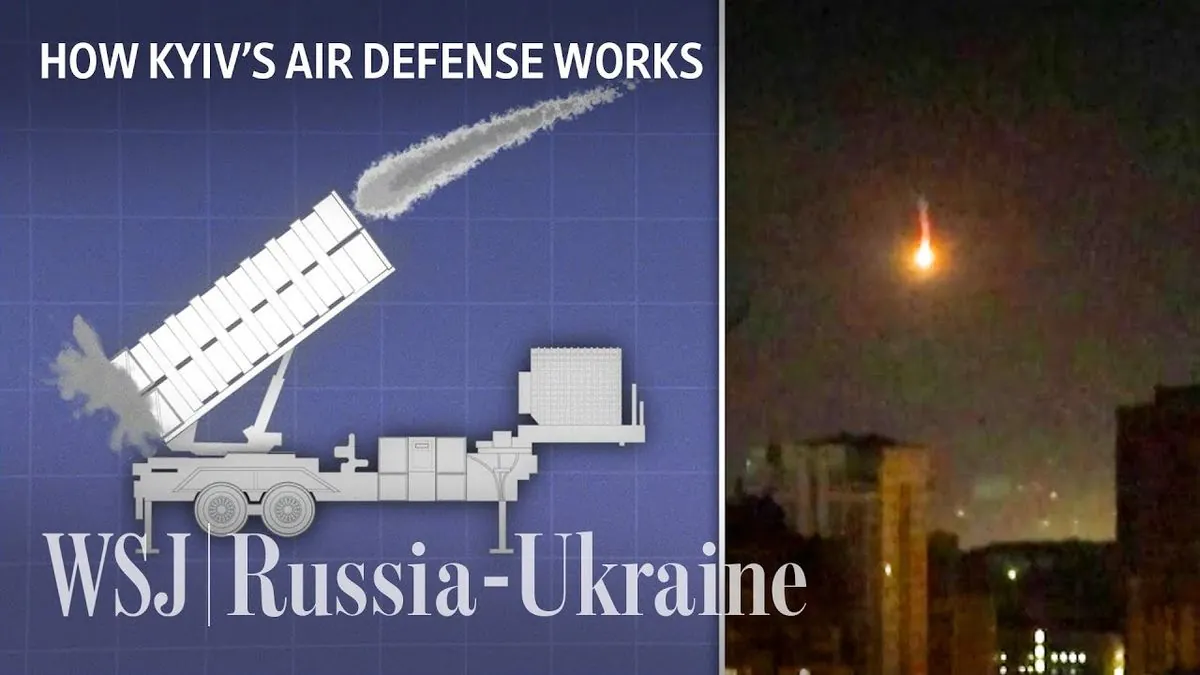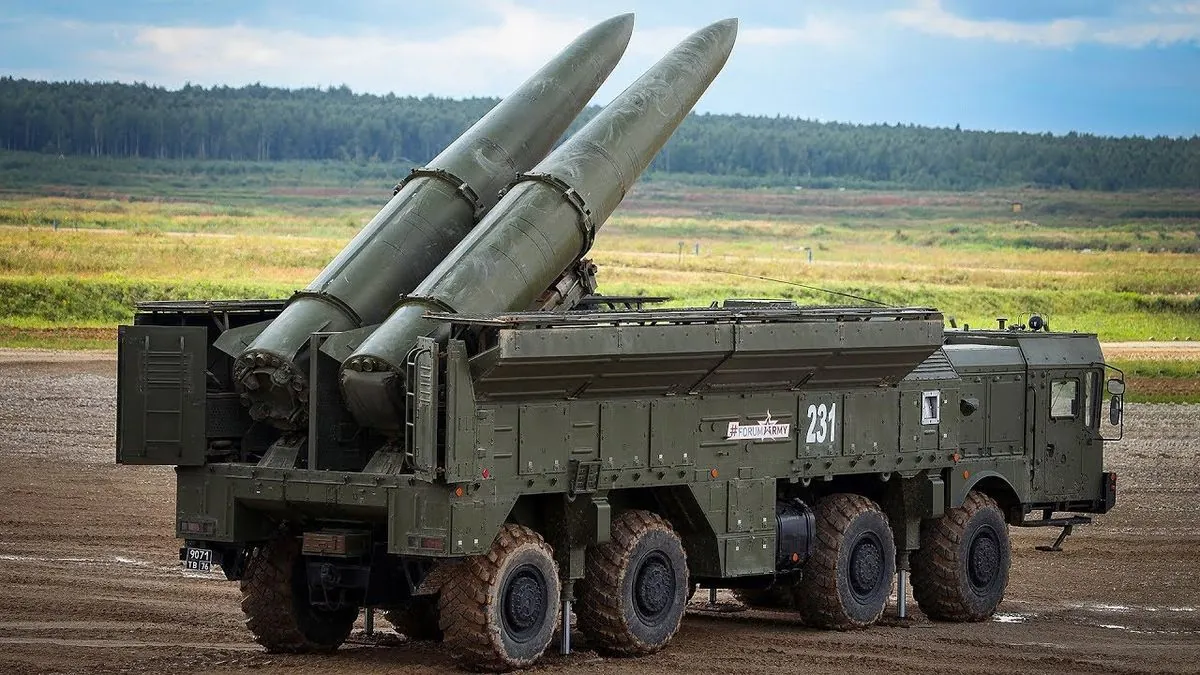Ukraine Repels Massive Russian Drone and Missile Attack Overnight
Ukraine's air force intercepted 30 out of 38 Russian drones in a large-scale overnight attack. Multiple regions reported infrastructure damage, with one injury in Sumy. The assault follows increased tensions in the border areas.

In the early hours of August 13, 2024, Ukraine faced a significant aerial assault from Russia, demonstrating the ongoing intensity of the conflict that began over two years ago. The Ukrainian air force reported that Russia launched 38 attack drones and two Iskander-M ballistic missiles against various targets across the country.
Ukraine's defensive capabilities were put to the test, with air defense systems successfully intercepting 30 of the 38 drones over eight different regions. This showcases the effectiveness of Ukraine's air defense network, which includes a mix of Soviet-era equipment and modern Western-supplied systems.

The assault resulted in damage to civilian infrastructure in several regions. In Sumy, a northeastern city close to the Russian border, the attack injured one person and disrupted essential services. Local authorities reported damage to a power line and a gas pipeline, leaving some residents without electricity and gas supplies. Additionally, a hospital building and several vehicles were damaged in the region.
Other affected areas included:
- Chernihiv region: Civilian infrastructure targeted, no casualties reported
- Vinnytsia region: Damage to a residential building, no casualties
- Mykolaiv region: A building damaged, according to regional governor Vitaliy Kim
This latest attack is part of a pattern of intensified Russian operations targeting northern Ukraine, particularly following Ukraine's recent incursion into the bordering Russian Kursk region. The use of Iskander-M missiles, known for their short-range ballistic capabilities, underscores the serious nature of these assaults.
The increasing prevalence of drone warfare in this conflict reflects a broader trend in modern military engagements. Both sides have employed unmanned aerial vehicles for reconnaissance and attack purposes, changing the dynamics of the battlefield.
"Thirty of the drones were destroyed over eight Ukrainian regions."
It's worth noting that the targeting of civilian infrastructure, including hospitals and residential buildings, raises serious concerns under international law, which prohibits deliberate attacks on non-military targets during armed conflicts.
As Ukraine continues to defend its territory, the international community's support remains crucial. The ongoing conflict has led to significant damage to Ukraine's energy infrastructure and disrupted daily life for many citizens, with air raid alerts becoming a common occurrence in numerous Ukrainian cities.
The use of the Telegram messaging app for official communications during these events highlights the importance of rapid information dissemination in modern warfare. As the situation evolves, the resilience of Ukraine's defense systems and the impact on civilian populations will remain key factors in the ongoing conflict.


































